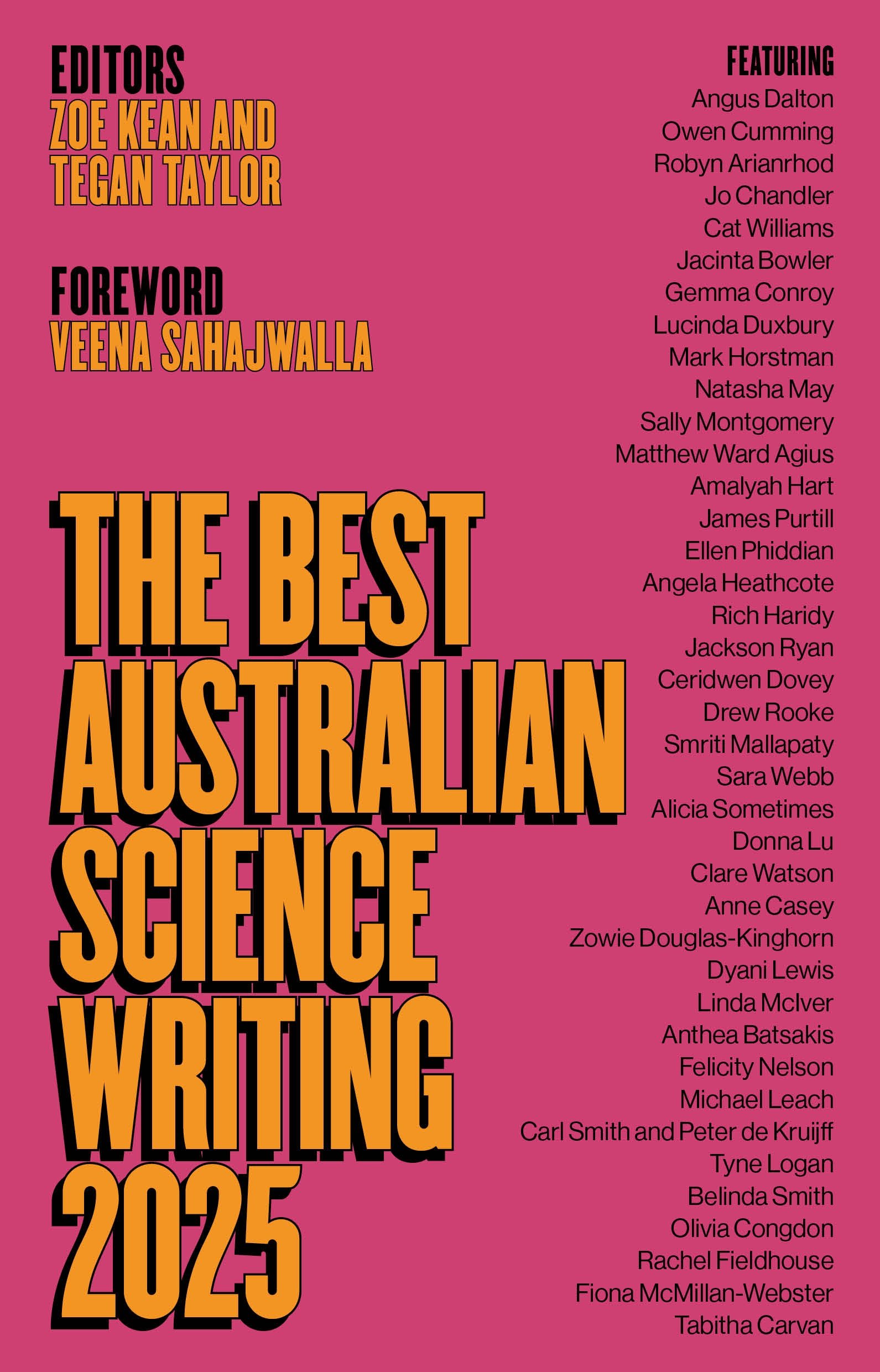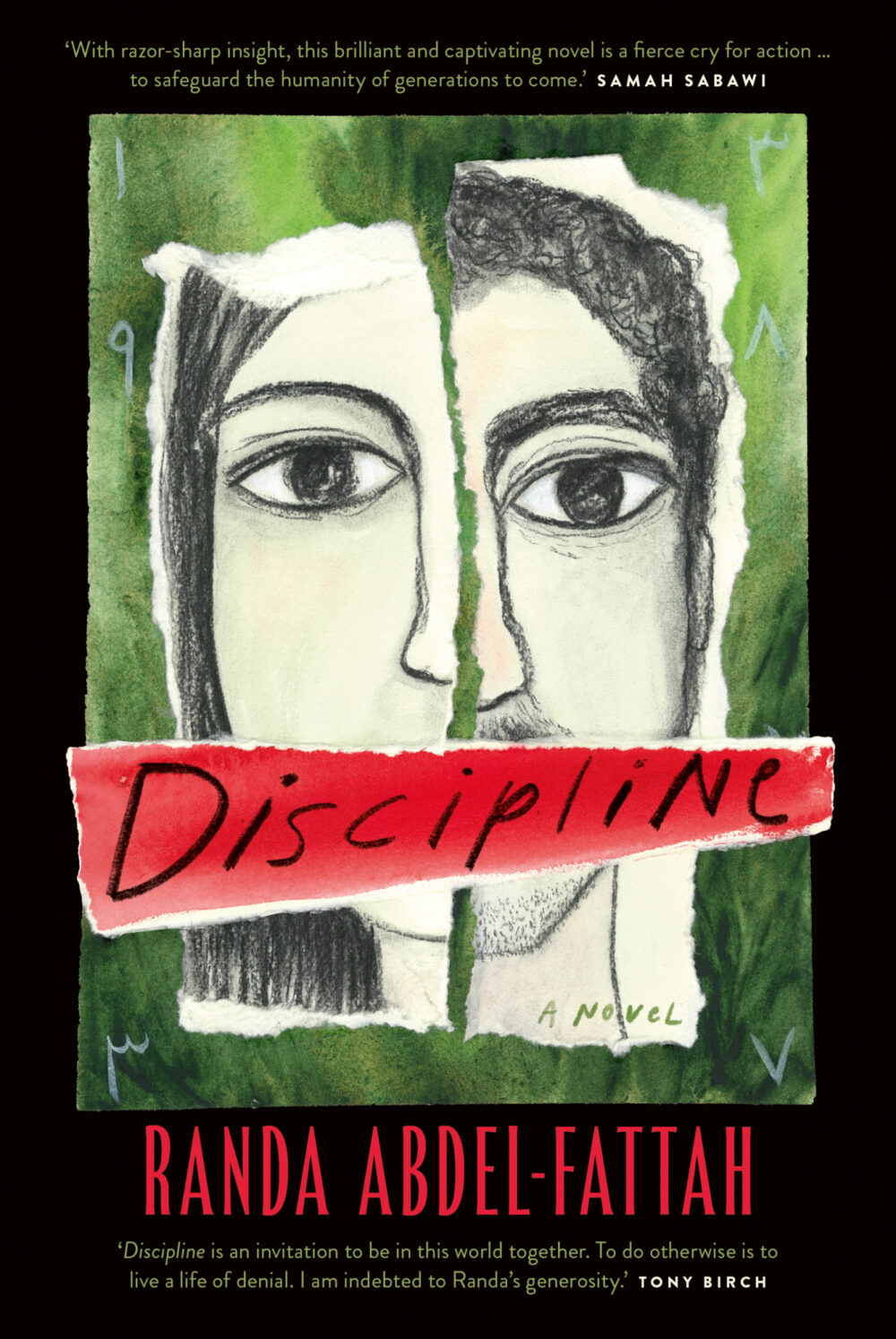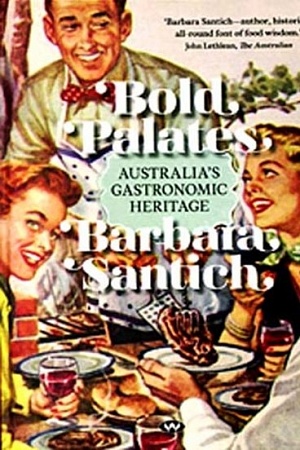Aussie gâteaux
The Australian sweet tooth and ongoing love of cakes and desserts is evident in two recent publications. Both cover the basics as well as offering more ambitious fare; they are good places to start if this is your thing.
Phillippa Grogan’s eponymous pâtisserie in Melbourne, established in 1994, offers the type of baked goods presented in this publication: breads, cakes and biscuits, quiches and tarts, superbly made and flavoured and stylishly presented. Novel at the time, the business rapidly became a success and has since expanded considerably. As is de rigueur nowadays for cooks, the book of the shop has followed: Phillippa’s Home Baking (Lantern, $49.95 hb, 313 pp, 9781921383311), co-written with Richard Cornish. Baking, more than any other type of cookery except confectionery, requires precision and accuracy, and this is reflected in the succinct, no-nonsense style of the clearly set out recipes and introductions.

Phillippa’s style is straightforward: good ingredients prepared and presented simply. This is very much a book that can introduce the novice to cooking. As well as a helpful section covering basic implements, materials, techniques, and ingredients, there are useful comments and tips. (I now know why I have had no success with Angel Cakes: eliminate any skerrick of fat from the baking pan and probably have a dedicated pan for this cake.) Phillippa has basic Australian favourites of the CWA style – slices, lamingtons, scones, Anzac biscuits, cupcakes, rock cakes. If I want recipes for these and other nostalgic Australian staples, I know that I will turn to Phillippa’s Home Baking and not bother to resurrect the battered and distinctly unglamorous 1936 edition of the South Australian School of Mines Cookery Book I grew up learning to bake with. After the basic recipes more interesting ones follow. I had great success with the Catalan Tea Cake, the Pistachio and Lemon Cake, and the Indonesian Spice Layer Cake. In the latter, the layers are cooked successively under a grill, rather than baked whole in the oven. Interestingly, this is the same technique recommended for a traditional German cake, Baumkuchen (Tree Cake), which appears in Cakes (1982) by Barbara Maher, an indispensable book for cakes with a central European flavour. The Pistachio and Lemon Cake, in which the combination of the ground nuts mixed with eggs and butter fuse to form a marvellous soft texture, is similar in concept to the superlative and equally unusual Chestnut Cake in La Bonne Cuisine de Madame E. Saint-Ange (1927, English edition 2005). I also made the fine Chicken and Tarragon Pie. There is a good section on yeast cookery – the Hot Cross Buns were delicious – with an excellent introduction to this rewarding area of baking. Anyone wanting to gain further expertise and knowledge in this area should of course consult Elizabeth David’s English Bread and Yeast Cookery (1977).
You will not go to Phillippa’s Home Baking for elaborate gâteaux or meretricious cake decorating techniques. What you will learn from this attractive volume is a fresh view on Australian domestic baking, including many childhood favourites. There are so many delicious things to try in emulation of the shop that one wonders if the business might decline now that the secrets are out.
Sweet (Lantern, $49.99 hb, 231 pp, 9781921383540) by Alison Thompson, who runs a cake business in the Yarra Valley, covers a range of desserts, pastries, and cakes, including elaborate gateaux. I dived in head first and started with one of the more complex offerings, ‘Gâteau Opéra’, a lamination of thin sheets of almond sponge soaked in coffee syrup, alternating with chocolate ganache and coffee buttercream, all covered in ganache. This immensely rich confection was very successful: the directions were clear, as are those for all the recipes in the volume.

This book also commences with a section on equipment and techniques – including a practical entry on tempering chocolate – before leading into the recipes proper. There are interesting takes on pavlovas (one with brown sugar and spiced plums, another with cherries and chocolate curls), custards (coffee, rosewater) and bavarois (mango with coconut macaroon), followed by chapters on ices, pancakes, pastries, puddings, cakes, and confectionery, giving a balanced range of sweet food for home entertaining. There is a fine-sounding sour cherry pie and a summer pudding, also with cherries, to try next summer. Sweet will not supplant Lindsey Remolif Shere’s Chez Panisse Desserts (1985) – the best of all in this genre – but it certainly offers new things to try.
Specialist cookery publications such as these attest to the popularity of, and demand for, books by Australian cooks that reflect our tastes and ingredients. They also reflect the expertise of the chefs and professional cooks who write them. With such an investment by authors, editors, designers, publishers, and printers, it always seems a pity that at least a couple of pages of the glamorous photographs could not be dispensed with and replaced with a select bibliography. Culinary influences are important and reveal a great deal about the taste of the author. And the literature is so vast that a sound guiding hand is invaluable.











Leave a comment
If you are an ABR subscriber, you will need to sign in to post a comment.
If you have forgotten your sign in details, or if you receive an error message when trying to submit your comment, please email your comment (and the name of the article to which it relates) to ABR Comments. We will review your comment and, subject to approval, we will post it under your name.
Please note that all comments must be approved by ABR and comply with our Terms & Conditions.